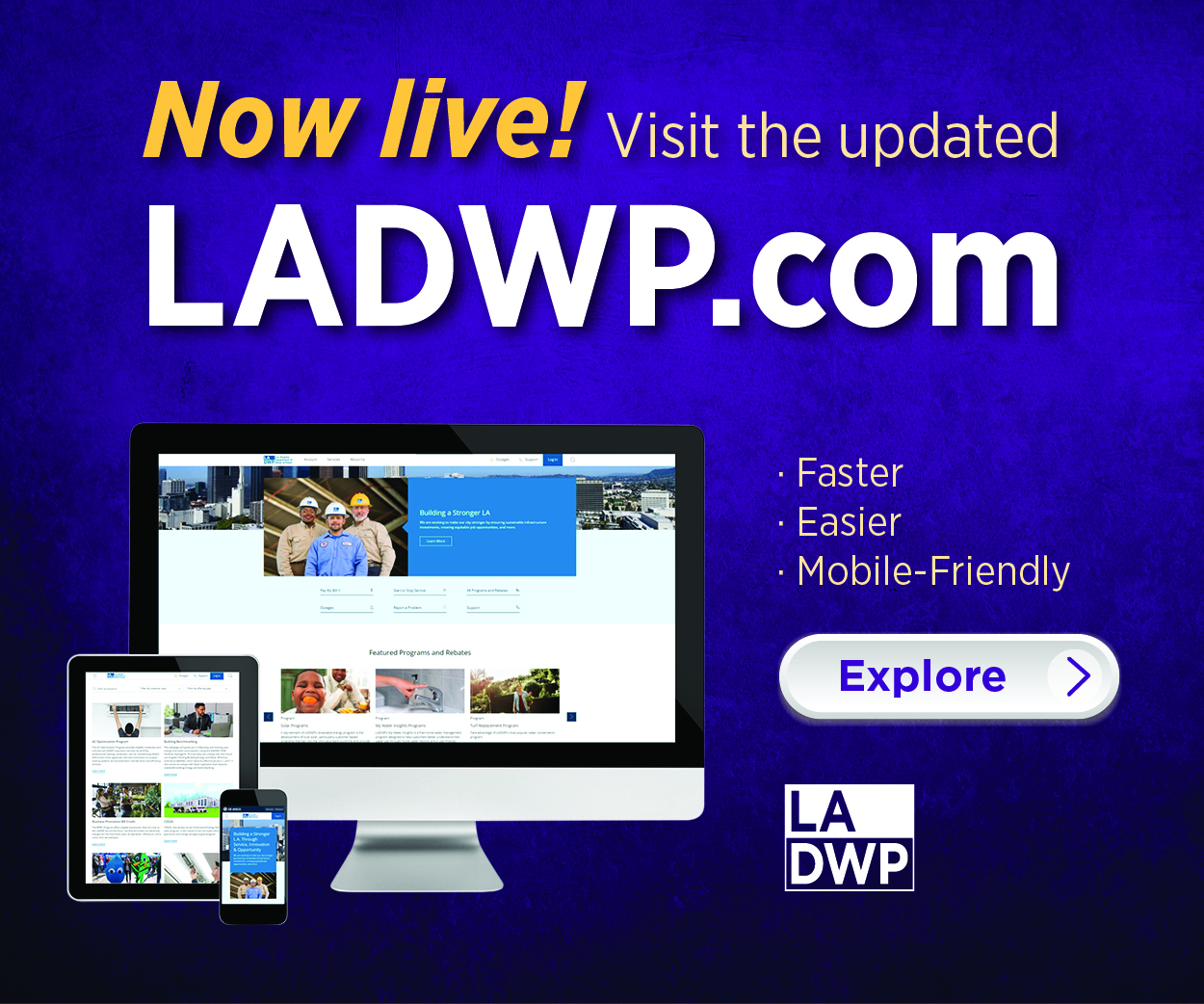Comments
YOUR PROFILE - In today's highly competitive job market, having a polished professional profile can make a significant difference in landing your next big opportunity. Whether you're looking for a new job, advancing in your career, or simply building your professional network, a well-curated profile acts as your personal brand ambassador. This guide will walk you through the key elements that make up a standout professional profile, offering practical advice on how to fine-tune each aspect to ensure you stand out in the digital age.
The Importance of a Strong Professional Profile
Your professional profile is more than just a reflection of your skills and experiences—it’s your opportunity to present yourself in the best possible light. With platforms like LinkedIn, job boards, and personal websites becoming increasingly integral to career development, your profile is often the first impression potential employers, colleagues, or clients will have of you.
A strong professional profile showcases not only your qualifications but also your personality, passions, and unique selling points. It highlights your career trajectory and how you can add value to the professional community. Creating a profile that effectively tells your career story is crucial to opening doors and creating meaningful professional relationships.
The Role of a Well-Crafted Resume
While your professional profile is a powerful tool in your job search, it’s important not to forget the significance of a strong resume. A resume is often the first tangible document a recruiter will look at when considering your application. It's a snapshot of your career history and skill set, presented in a concise, easy-to-read format.
A good resume complements your profile by providing a detailed breakdown of your qualifications, making it easier for employers to see how your experience matches the job requirements. A well-organized resume that highlights your achievements, key skills, and relevant experiences is an essential part of the hiring process.
If you’re unsure where to start with your resume, you might want to consider visiting a resource that helps you create personalized resumes. Get personalized resume templates and tips at resumenow.com, which can guide you in structuring your resume to meet industry standards while reflecting your individual achievements.
Resume Tips:
• Tailor your resume for each application: Customize it to highlight the skills and experiences that are most relevant to the specific role you're applying for.
• Keep it concise: Ideally, your resume should be no longer than two pages.
• Use bullet points for readability: This makes it easier for recruiters to quickly scan your qualifications.
Key Elements of a Professional Profile
1. Clear and Concise Summary
The summary section of your profile is one of the first things people see, so make sure it counts. A great summary should succinctly capture who you are, what you do, and what sets you apart from others in your field. Think of it as your elevator pitch. Be sure to include:
• Your current role or professional focus
• Key achievements or skills
• Your career goals or aspirations
• Any personal or professional values that guide your work
Keep it to a few short paragraphs and focus on what makes you unique. This is your chance to hook your audience.
2. Highlight Your Skills
Your professional profile must feature a robust skills section. Include a mix of hard skills (e.g., programming, graphic design, project management) and soft skills (e.g., communication, leadership, teamwork). Skills are the bread and butter of your profile, as they help hiring managers quickly assess whether you have the competencies required for the role or industry.
Be sure to use industry-specific keywords to make your profile more discoverable, especially if you’re posting it on platforms like LinkedIn or job boards. This will help your profile surface when recruiters search for candidates with particular skills.
3. Experience and Achievements
The experience section is where you showcase your professional background. For each job or position, include a brief description of your responsibilities and key achievements. Focus on outcomes and quantify your achievements where possible. Numbers speak louder than words, so mentioning things like "increased sales by 20%" or "managed a team of 10 employees" is much more impactful than just listing job duties.
When presenting your experience, don't just focus on the past. Use it as a way to show how your previous roles have prepared you for the future. How have your skills evolved? What value did you add in each position? These are critical details to include in your profile.
4. Education and Certifications
Your education and certifications provide the foundation for your professional expertise. Ensure that your education section is up to date and highlights relevant degrees, diplomas, or certifications. If you’ve completed online courses or obtained certifications relevant to your field, be sure to list them. This can help demonstrate your commitment to ongoing learning and professional development.
Remember to list both formal education and any supplementary training that aligns with your career path.
5. Recommendations and Endorsements
Social proof in the form of recommendations and endorsements is incredibly powerful. These testimonials from former managers, colleagues, or clients can add credibility to your profile, showing potential employers that you’re not only skilled but also well-liked and trusted in the workplace.
Don’t be afraid to reach out and ask for recommendations from people you've worked with in the past. Be strategic, asking for recommendations that highlight your key strengths. These endorsements can make your profile stand out even more.
Using a Professional Photo
While some platforms, like LinkedIn, allow you to upload a professional photo, it's important to ensure that the image you choose aligns with your professional brand. A high-quality photo can help create a personal connection with viewers, making your profile more memorable.
Choose a photo that is clear, well-lit, and professional. Avoid using casual photos or ones that include distracting backgrounds. A headshot with a neutral background is often the best choice.
Crafting Your Online Presence
In addition to your resume and profile, your online presence plays a critical role in how others perceive you professionally. Think of your social media accounts, blog posts, or personal website as extensions of your professional brand. A cohesive online presence can reinforce the message you want to convey about your expertise.
- LinkedIn: Regularly update your LinkedIn profile with new skills, accomplishments, and recommendations.
- Personal website: If you’re in a creative or technical field, consider building a personal website to showcase your portfolio and projects.
- Twitter: If you use Twitter for professional purposes, make sure your feed reflects your interests and expertise in your field.
By maintaining an active, professional online presence, you ensure that potential employers and collaborators can find you easily and see the full scope of your work.
The Final Touches
To perfect your professional profile, be sure to focus on these key areas:
- Consistency: Ensure that your information is consistent across all platforms (LinkedIn, resume, personal website, etc.).
- Clarity: Avoid jargon and keep your profile clear and concise.
- Engagement: Stay active by sharing relevant content, engaging with others in your industry, and staying up to date with trends.
Your professional profile is more than just a static representation of your work; it should be an evolving tool that reflects your growth, achievements, and aspirations.
Conclusion
Perfecting your professional profile is an ongoing process that requires attention to detail and a commitment to self-presentation. By crafting a clear and compelling summary, showcasing your skills and achievements, and leveraging recommendations and endorsements, you can create a profile that highlights your best qualities. Paired with a well-written resume and a strong online presence, your profile can open doors to new opportunities and career advancement. By following these guidelines and staying consistent, you can ensure that your professional profile will serve as a powerful tool throughout your career.
###
















